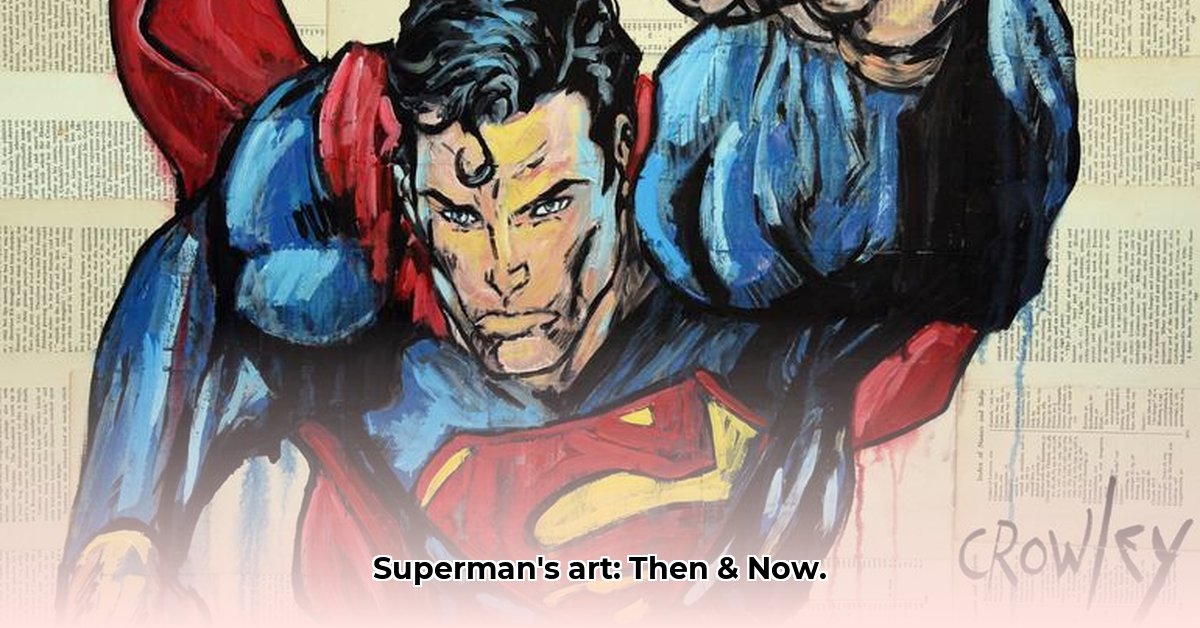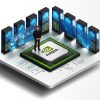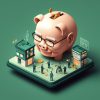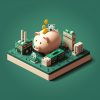Have you ever wondered how Superman’s appearance has changed over the years? From his early comic book form to modern digital renderings, it’s a fascinating visual journey! This isn’t just about pretty pictures; it’s a story of evolving art styles, the impact of technology, and our changing perceptions of the Man of Steel. We’ll explore the artists who solidified Superman’s iconic status, the different stylistic periods that shaped his look, and offer insights for those interested in collecting Superman art. For more on artistic evolution, see this insightful article on director Gus Van Sant.
Superman Artwork: A Visual Journey Through Time
The name “Superman” immediately conjures a powerful image: the iconic “S” shield, muscular physique, and determined expression. However, Superman’s visual identity hasn’t always been consistent. It’s an engaging narrative of artistic evolution, reflecting advancements in comic book styles and the technologies used to create them. Let’s embark on a chronological journey, highlighting the key moments and the artists who shaped Superman’s look, and examining the impact of art evolution.
The Golden Age: Simple Beginnings, Enduring Legacy
The earliest Superman images, largely created by Joe Shuster, possess a striking simplicity. Think bold lines and basic shapes – not photorealistic detail, but powerful, immediately recognizable imagery. This was an incredibly effective design; it didn’t need complexity. The strength of these early drawings lies in their clarity and lasting impact. They established a visual foundation that influenced Superman’s depiction for decades, a testament to the power of iconic simplicity. It was the bedrock upon which future artists built. How did the limitations of early printing technology influence these designs? This era emphasized the character’s core elements, allowing the story, rather than intricate details, to take center stage.
The Silver Age: Refinement and a Polished Aesthetic
As we move into the Silver Age, Superman’s image undergoes a notable transformation. Curt Swan, a legendary artist, brought a new level of sophistication to the character. His Superman appeared more dynamic, with poses full of action and drama. The lines became cleaner and more refined, reflecting a broader shift towards a more polished aesthetic in comic book art. Swan’s interpretation of Superman extended beyond the character himself; it reflected a sweeping artistic evolution in comic book style. His contributions cemented how audiences perceived Superman for generations. What specific techniques did Swan employ to achieve this “polished” look? He mastered anatomy, perspective, and inking to create a more realistic and heroic figure.
The Modern Age: Diverse Styles and Interpretations
The modern era explodes with a variety of artistic approaches to Superman. Consider Alex Ross’s hyper-realistic paintings, capturing minute detail and conveying intense emotion. Then, there’s Jim Lee’s sleek, dynamic style, creating a powerful, almost godlike visual representation. Other artists have experimented with more stylized, even abstract, interpretations of the iconic figure. Instead of a single, fixed vision, we now see a multitude of portrayals – each enriching the evolving visual tapestry of Superman. This era reflects not just an exploration of artistic styles, but the diverse ways artists interpret the character’s core essence. How does this stylistic range impact fan perception of the character? It allows different fans to connect with different interpretations of the hero, broadening his appeal.
The Digital Frontier: AI and the Future of the Man of Steel
The emergence of AI-assisted art has opened a new chapter in Superman’s visual history. This technology unlocks exciting possibilities, potentially unleashing unprecedented creative freedom. However, it also raises important questions: What defines an “artist” when AI is involved? How might this technology reshape comic book illustration? Many believe that this digital trend offers an opportunity to explore new visual frontiers.
While the full impact of AI on art is still unfolding, it’s undoubtedly here to stay, influencing visual storytelling and artistic approaches. It might even challenge our very definition of artistic creation, potentially giving rise to visuals we can only imagine now. What are the key ethical considerations surrounding AI-generated art? Concerns about copyright, artistic originality, and the potential displacement of human artists are paramount.
Key Players: The Artists Who Shaped Superman’s Image
These are the key artists who shaped Superman’s persona into what it is today. Here’s a closer look at the individuals who molded Superman’s visual identity:
| Artist | Era | Defining Style | Significant Contribution |
|---|---|---|---|
| Joe Shuster | Golden Age | Simple, iconic, bold lines | Laid the foundational visual groundwork for the character |
| Curt Swan | Silver Age | Dynamic poses, refined details, cleaner lines | Defined Superman’s look for a generation and brought a polished style to the fore |
| Alex Ross | Modern | Photorealistic detail, emotional depth | Elevated Superman’s visual representation to a hyper-realistic, often painterly level |
| Jim Lee | Modern | Sleek, dynamic, powerful lines | Introduced a bold, modern style that resonated with a new generation of readers |
| AI Artists | Modern | Varied, algorithmically generated | Exploring innovative techniques; pushing the boundaries of visual creative processes |
The Ever-Evolving Superman: A Story That Continues
Superman’s story continues to be written by artists. The visual evolution of Superman is an ongoing narrative—a reflection of artistic innovation, technological progress, and our evolving understanding of the character. Each artist adds to this vibrant visual history. The future of Superman’s image, like the character himself, is full of possibilities. Future artists might draw inspiration from sources we haven’t yet imagined, creating a Superman that’s both familiar and completely new. The journey continues. What predictions can we make about the future of Superman’s visual representation? We can expect continued experimentation with AI, virtual reality, and other emerging technologies, leading to even more diverse and immersive interpretations of the character.
How to Use AI Art to Create Unique Superman Illustrations
Key Takeaways:
- AI art generators offer versatile tools for creating custom Superman imagery, from casual fun to professional projects.
- Platforms differ in user-friendliness, customization options, and image quality.
- Effective prompt engineering is essential for generating high-quality, unique Superman illustrations.
- Ethical considerations and copyright issues surrounding AI-generated art are critical.
The Man of Steel, Reimagined: A Visual Journey
Superman’s iconic imagery has undergone significant evolution. From the simple lines of the Golden Age to the dynamic, detailed art of today’s comics, his visual identity reflects evolving artistic styles and technological advancements. But how can we harness AI to create our own unique interpretations of this hero?
From Pencil to Pixel: A Brief History
Early Superman artists, such as Joe Shuster and Jerry Siegel, established a style that was both iconic and surprisingly simple. Bold lines, powerful poses, and a distinct sense of heroism defined their work. The Silver Age then brought vibrant colors and intricate detailing, with artists like Curt Swan refining the look to make Superman more muscular and imposing. The modern age? A whirlwind of styles, from the gritty realism of Jim Lee to more stylized approaches. Each period brought its unique aesthetic choices. What specific details define each of these eras? The Golden Age focused on clear storytelling, the Silver Age on dynamic action, and the Modern Age on diverse interpretations.
Entering the AI Age: Creating Unique Superman Illustrations
AI art generators offer entirely new avenues for creating Superman art. Instead of traditional drawing tools, we now have algorithms at our disposal. The key lies in prompt engineering. Here’s how to use AI to craft unique Superman art:
- Choose Your AI Tool: Several platforms offer text-to-image generation, each with its own strengths and weaknesses. Experiment to find one that suits your creative style and desired level of control. Popular options include Midjourney, DALL-E 2, and Stable Diffusion.
- Craft Your Prompt: This is the crucial step. Don’t just type “Superman.” Be specific and descriptive! For example, try: “Superman flying over Metropolis at sunset, hyperrealistic style, artgerm, octane render,” or “Superman, comic book style, Frank Miller influence, dramatic lighting, detailed muscular physique.” The more detail you provide, the better the AI can understand your vision and generate the desired results. How can varying artistic styles impact AI-generated art? By specifying an artist or style in your prompt, you can guide the AI to emulate that particular aesthetic.
- Refine and Iterate: The first image generated might not be perfect. Don’t be discouraged! Adjust your prompt, experiment with parameters (like aspect ratio or style), and regenerate until you achieve the desired outcome. Think of it as sculpting: refine, adjust, repeat. Small changes to the prompt can yield significantly different results.
- Post-Processing (Optional): Some artists choose to use conventional editing software to further enhance AI-generated art. This might involve minor tweaks, color adjustments, or adding additional details that the AI missed. Tools like Photoshop or GIMP can be used to refine the final image.
Styles and Influences: Exploring the Possibilities
Consider the specific aesthetic you want to capture. Do you prefer a classic comic book style? A photorealistic interpretation? Or perhaps a blend of both? AI allows you to draw inspiration from established artists. Want a piece that echoes the style of Jack Kirby? Simply include his name in your prompt! Experiment with different keywords to replicate or blend styles and create truly unique interpretations of Superman. What are the best keywords for generating a specific artistic style? Research specific artists and their signature










